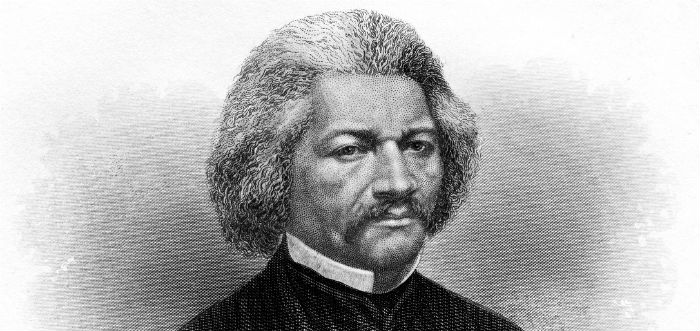Professor Tanya Hernández wrote an op-ed in the Baltimore Sun about the life and work of social reformer and abolitionist Frederick Douglass.
This month marks the 200th anniversary of Frederick Douglass’ birth, and his racial justice work continues to be relevant today.
…
Despite his mixed-race heritage and likely connection to his owner, Douglass was separated from his mother at an early age and exposed to physical abuse from his owners.
After escaping to freedom, Douglass established himself as a luminary of the abolitionist movement with his eloquent speeches regarding the savagery of slavery and its blight on our Constitution. His reputation as a compelling orator and writer garnered him a pivotal role in both lobbying for the inclusion of much needed black Union soldiers in the Civil War and then recruiting them once Lincoln issued the Emancipation Proclamation. After the Civil War, Douglass continued to write and speak out on matters of racial justice. His contributions to the nation were officially recognized with various government appointments.
Yet when Douglass married a white woman (fellow abolitionist and feminist Helen Pitts) after his first wife died, his interracial marriage created great controversy. It was immaterial that Douglass had white ancestry himself. Douglass’s mixed-race status did not alter his experience of racial discrimination. This is still true for mixed-race persons today.
In the 200 years since Douglass’ birth, we have has seen the growth of interracial marriages and mixed-race “multiracial” and “biracial” identity. In fact, the Census Bureau projects that the self-identified multiracial population will triple by 2060.

